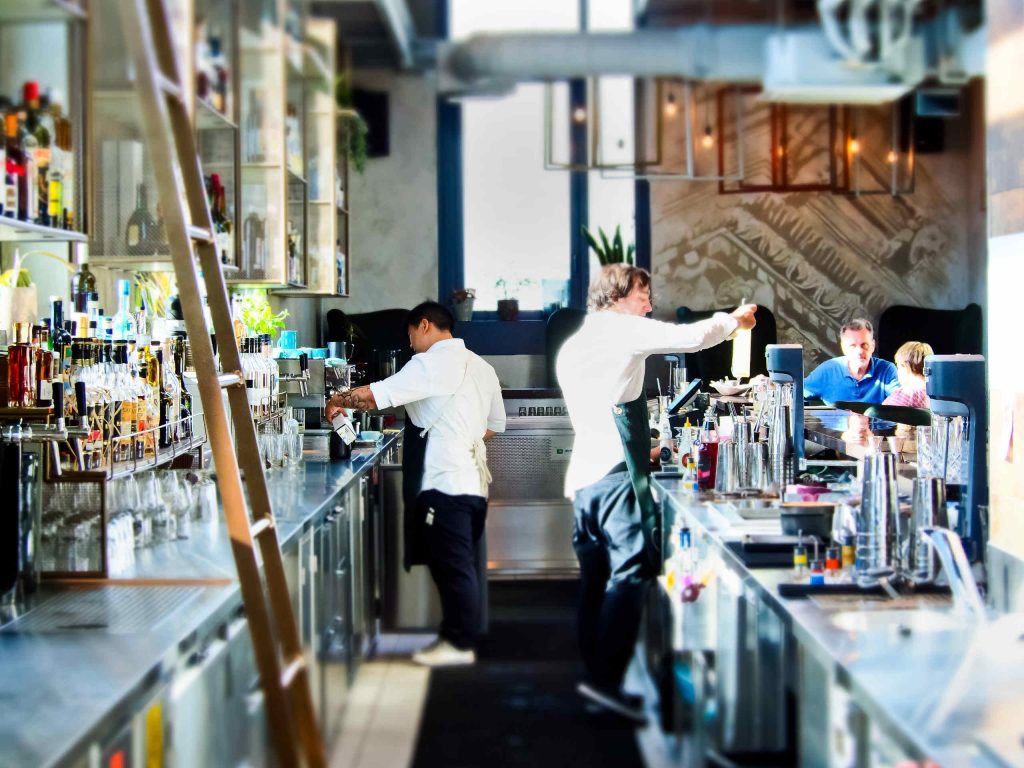
It is not only the exquisite cuisine that plays a role in the design of a successful restaurant. It’s not for nothing that they say “you eat with your eyes”, as the ambience and presentation of the dishes influence the taste experience. However, it is less well known that the ear is also involved in the dining experience. Acoustics play a decisive role in how comfortable guests feel in a restaurant.
Experts have determined that the average noise level in restaurants is 80 dB. However, this noise level can be reduced by up to 10 dB through various measures. A reduction of 10 dB corresponds to a reduction in background noise of an impressive 50%.
Good acoustics are a decisive factor for the well-being of guests in restaurants. By implementing appropriate sound reduction measures and careful interior design, restaurateurs can create a pleasant atmosphere and improve their guests' culinary experience. Consider these five tips for better acoustics in your catering business and let your guests enjoy themselves with their ears.

From ticketing systems to cooking robotics: the restaurant industry is undergoing a digital transformation. What began as a technological gimmick is now becoming a real competitive advantage. Why digital processes bring more predictability, better guest experiences and new perspectives for employees – and where people still remain irreplaceable.


It is not only the exquisite cuisine that plays a role in the design of a successful restaurant. It’s not for nothing that they say “you eat with your eyes”, as the ambience and presentation of the dishes influence the taste experience. However, it is less well known that the ear is also involved in the dining experience. Acoustics play a decisive role in how comfortable guests feel in a restaurant.
Experts have determined that the average noise level in restaurants is 80 dB. However, this noise level can be reduced by up to 10 dB through various measures. A reduction of 10 dB corresponds to a reduction in background noise of an impressive 50%.